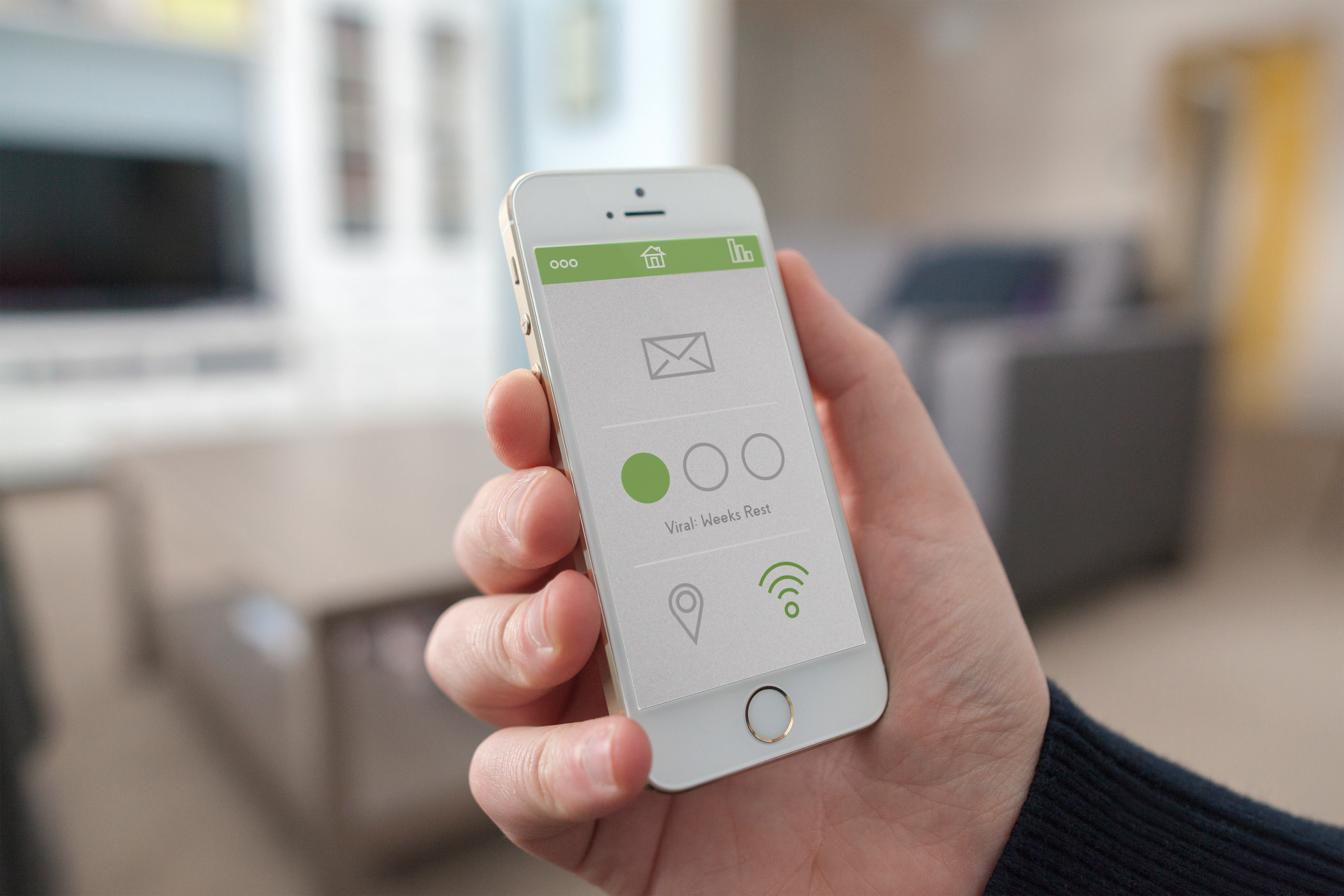Meningitis is a chronic disease that is overlooked by university students, which is when it is most likely to occur. It is easily mistaken for flu-like symptoms such as freshers’ flu with first-year students at university.
I have created a medical device that takes a blood sample from the thumb. It detects the meningococcal levels in the blood and informs the user of the result. It does this by connecting to an application on the user's mobile device by sending notifications through a text message. It also uses the GPS on the mobile device so that emergency services can locate you instantly.
It is designed to be small and compact so that it fits the hand for maximum control. The product features a removable head that allows you to access the components. Inside is a needle that is removable and can be replaced. It has a strip that the blood travels down into the device to test the sample and the results are displayed on the light up display found on the outer casing.
An application was created as a source of visual data displayed on to the mobile device. It provides a guide on how to use the Quick Prick and how to connect your mobile device by scanning the QR code found on the packaging. You are then presented a simplified version of the 3 level system that the concept is based on. Level 1, a viral infection that can be treated at home. Level 2, a bacterial infection that informs your local GP. Level 3, Life-threatening and in need of medical assistance.




